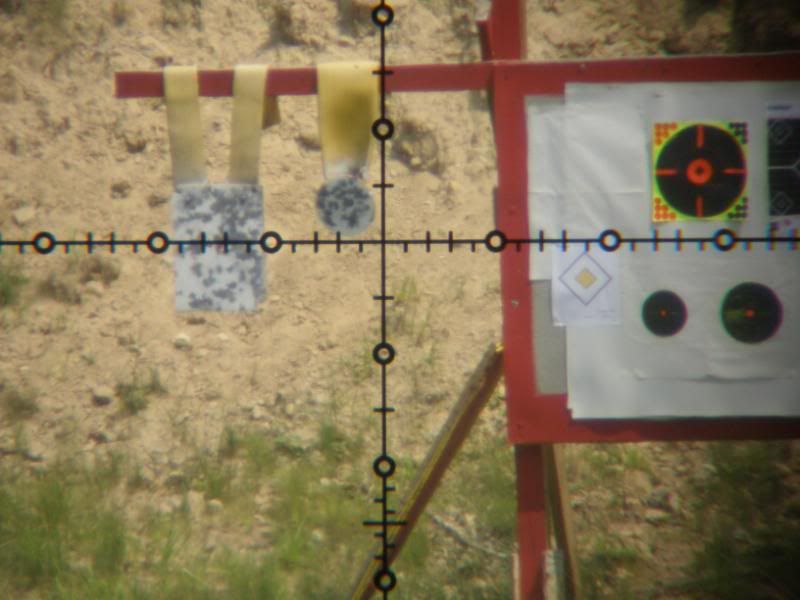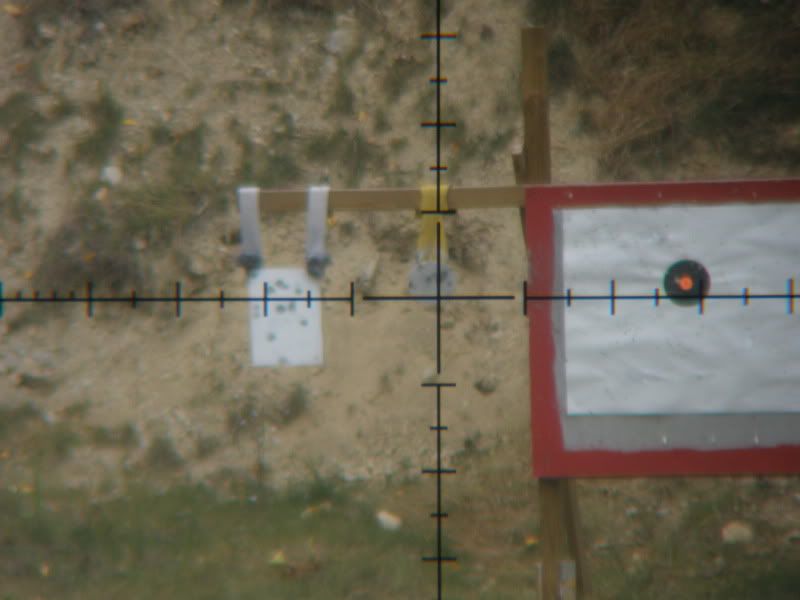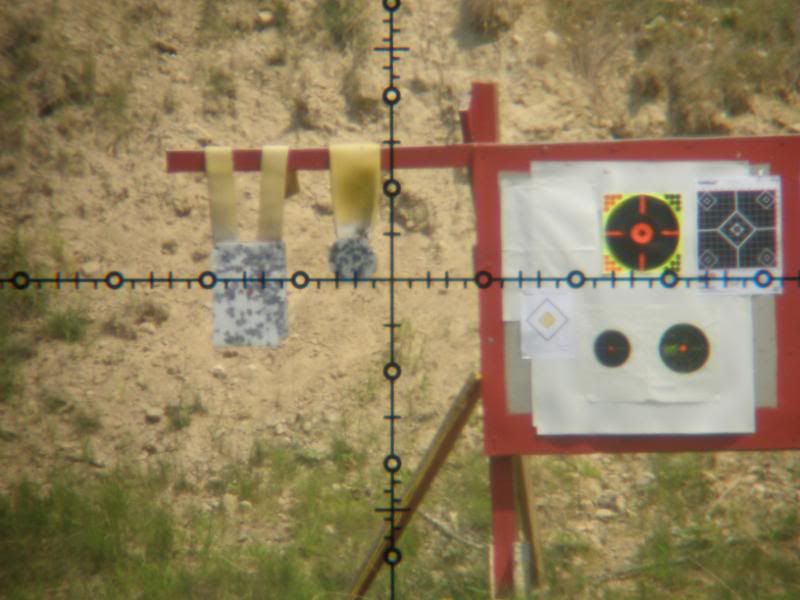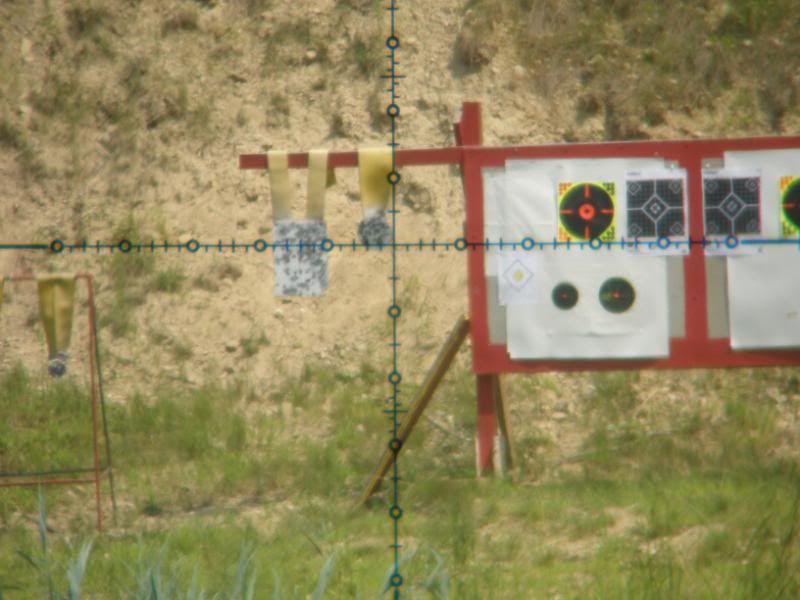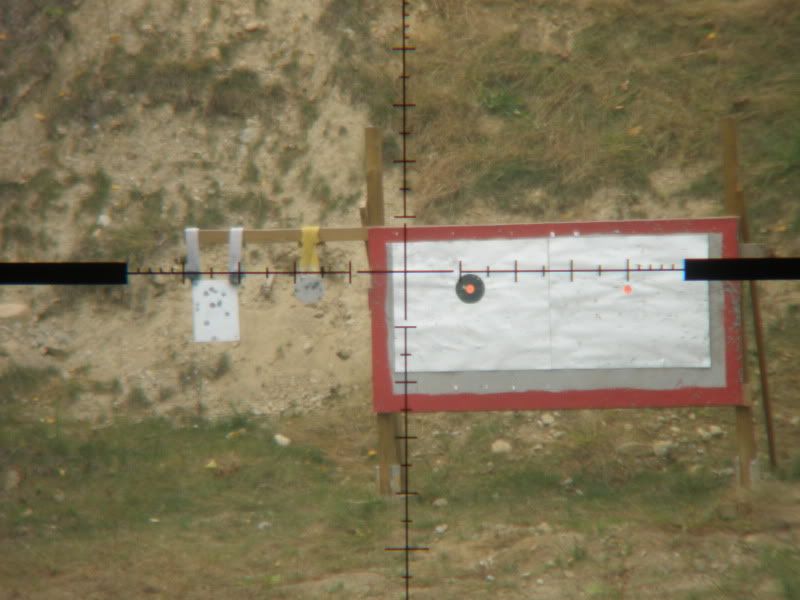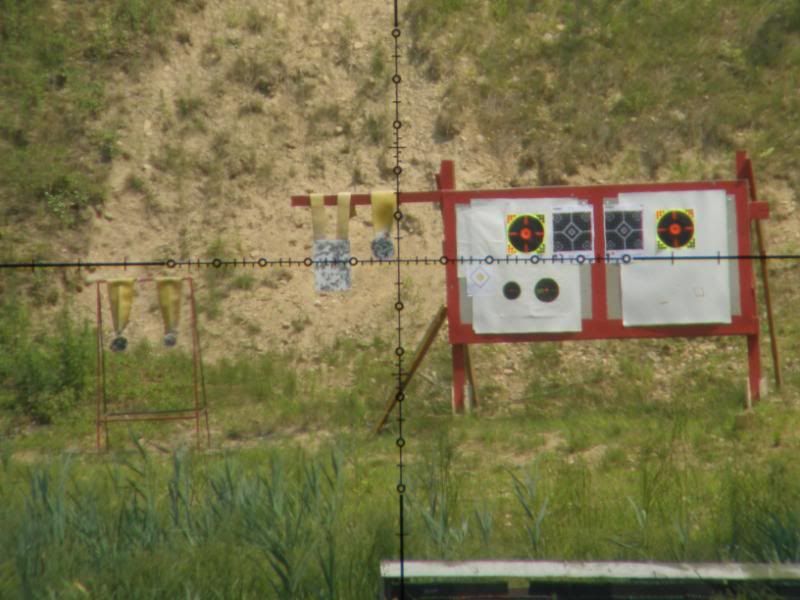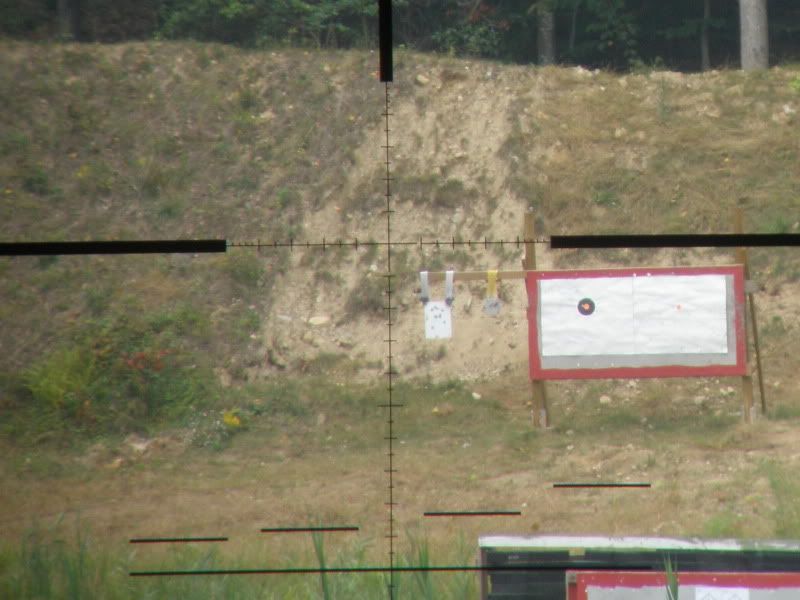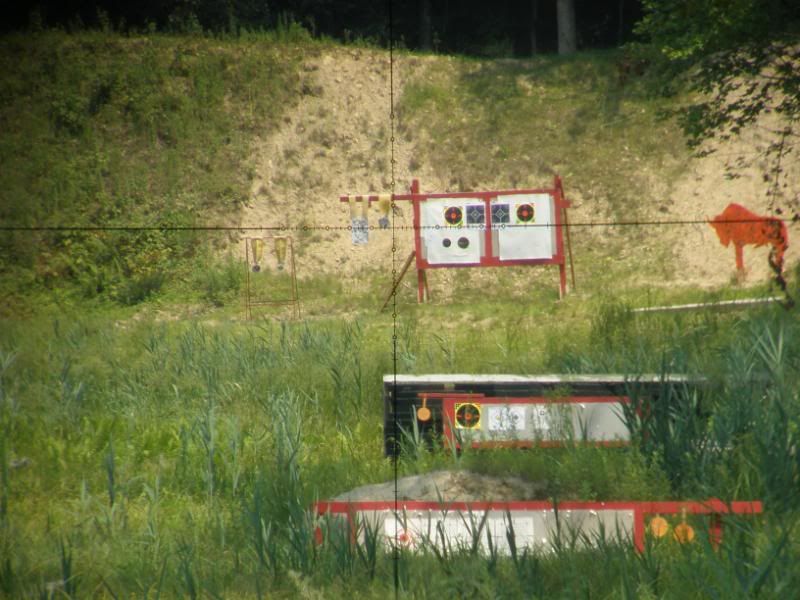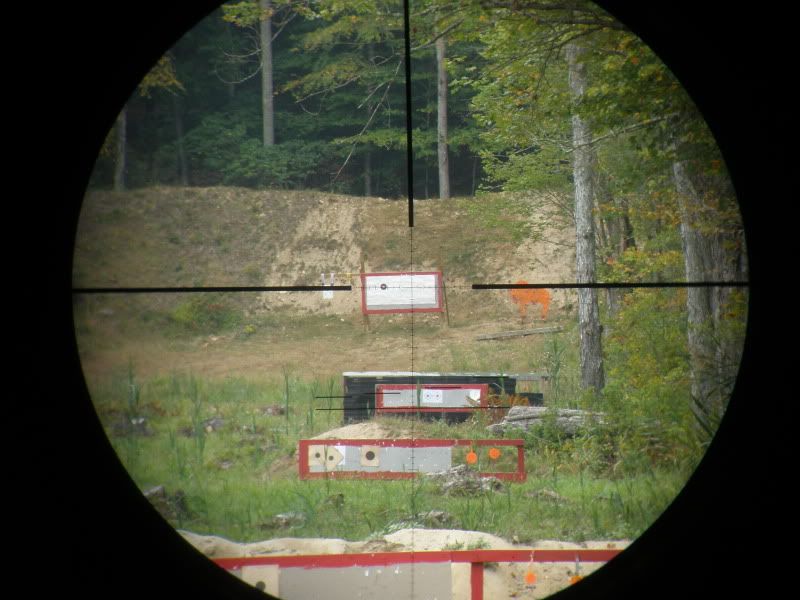No need for the wise ass "that would make you wrong or something" comments. Does the reticle appear to get smaller? Yes but it comers no more or less of the target at the lowest power than it does at the highest power. That was one of my points. It's not getting larger or smaller in relation to the target which is the most important part of the FFP reticle and being able to use it on any power.
It was a single comment, and while it may seem a bit harsh it isn't without merit.
The image seen through a FFP scope does grow or shrink as magnification is increased or decreased. That is an incontrovertible fact, yet for some reason or another you will not or cannot understand or accept. The fact that the reticle in a FFP scope doesn't occlude (cover) more of the target image at the scope's highest magnification than it does at the scope's lowest magnification does not disprove the fact that the image seen through a FFP scope grows or shrinks as magnification is increased or decreased. The reason that the reticle in a FFP scope doesn't occlude (cover) more of the target image at the scope's highest magnification than it does at the scope's lowest magnification is because the image seen through a FFP scope grows or shrinks in direct proportion as magnification is increased or decreased. Again, hence the reason that FFP reticle subtensions remain accurate at any magnification.
Is a FFP scope perfect for every situation? No of course not. You need to pick the right tool for the right job. You need to see the reticle at 3x for a hunting situation then you better have an illuminated FFP or a SFP would be better.
If this was directed toward me you're preaching to the choir and either intentionally or unintentionally taken some things that I said out of context. I've already said that I own both FFP and SFP scopes because they each have their own advantages and disadvantages and addressed the importance of picking the right scope and rifle for the type of shooting involved. Indeed, if you read my second to last reply to you in this thread you know all of that, including the fact that I mentioned the (FFP) PMII 3-12X[50] and PMII 3-20[50] because they're excellent examples of FFP reticles that get very small and hard-to-see at low magnification.
I posted those picture for people to see and learn from at to what the reticles look like at all powers.
Understood, and once again my point that FFP target images grow or shrink proportionally is driven home by your photos.
They are the same size relative to the target. As the target grows in size so does the reticle to subtend correctly. The reticle is not just growing and shrinking randomly.
Again, if this was directed toward me you're preaching to the choir. It's old new to me, but I have always made it a point to make sure that I state that the reticle grows or shrinks in direct proportion (relative) to the target. But since everything within the scope's FOV is magnified the exact same amount (and thus everything grows or shrinks proportionally as magnification is increased or decreased) I think it's more clear to just say that the image grows or shrinks proportionately as magnification is increased or decreased.
That's my point but people new to this need to learn and realize that and when people say they change size they need to be specific in why and how they are doing it in relation to the target.
I wholeheartedly agree. Unfortunately there just isn't a more simple way to explain it accurately than saying that everything within the scope's FOV grows or shrinks proportionally as magnification is increased or decreased. It's not up to me, but if someone truly can't understand that phenomenon maybe they shouldn't be handling firearms.
No need to bold something I know and use and have already stated in this thread like you are telling me something new.
My use of
bold and/or
italics is normally reserved for when I want to clarify and/or highlight a crucial principle or concept. I also use
bold and/or
italics when it's clear that one or more people don't fully understand something in the hope that they'll take the time to re-read what I've said, and contemplate it. If the reader(s) take the time and they're able to understand the concept(s) the light bulb typically comes-on for them. I used
bold and/or
italics in my replies to you for this reason.
Case-in-point: You understand and explain to people that in FFP scopes'
"as the target grows in size so does the reticle to subtend correctly" (i.e., the reticle grows in direct proportion to the target thus the reticle subtends accurately at any magnification). Further, down that accurate subtension road the reticle occludes/covers the same area of the target whether at maximum or minimum magnification. However, you've consistently (and incorrectly) told people that FFP reticles don't change size. (The reticle size changes as magnification is increased or decreased but it does so
in direct proportion to the target). Again, the effect of magnification on a FFP target image is obvious to anyone that looks through a FFP scope while running the magnification up or down. Forest for the trees, Rob. Forest for the trees.
Keith


